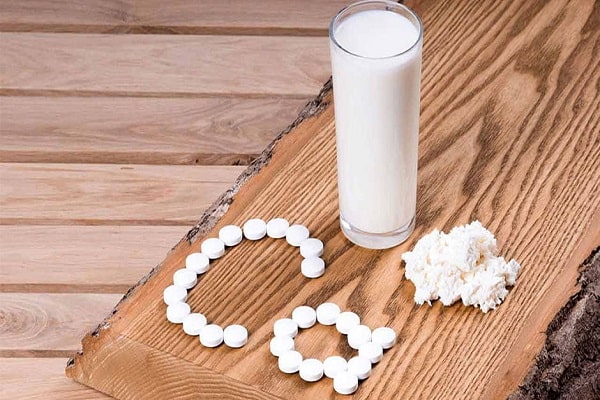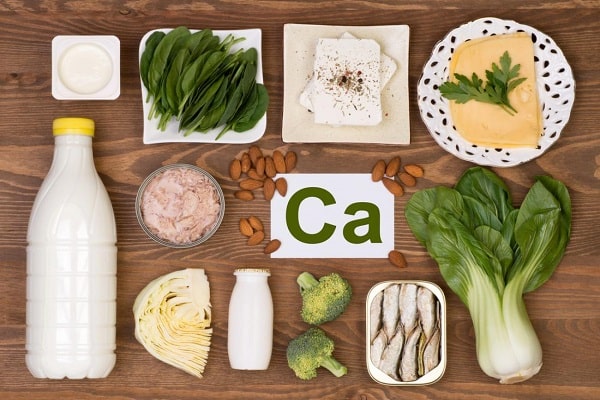Milk and dairy products are the most important source of calcium for the body. Calcium plays an essential role in the formation of bones and teeth and their strength, and 99% of the body’s calcium is in the bones; In this group, in addition to milk, its products such as yogurt, cheese and curd are included.
The necessity of consuming dairy products and its role in creating health
In addition to calcium and phosphorus, the foods in this group also contain protein and a variety of vitamins A and B. Consumption of milk and dairy products, because it is the most important source of calcium and phosphorus, is needed for the strength of teeth and bones, and because of its vitamin A, it is also useful for skin growth and health.

Foods in this group have the same nutritional value and can be consumed interchangeably; The amount of nutrients such as calcium and protein in a unit of milk and dairy is equal.
The recommended daily amount of milk and dairy products is 2 to 3 units, each unit is equivalent to 240 ml or a glass of milk or yogurt, 480 ml or two glasses of buttermilk or 45 grams of cheese.
Milk is a complete food and due to its variety of minerals and many vitamins, it plays an important role in the growth and maintenance of human health.
Fat in milk
Milk fat has a high digestibility due to having 10 to 15% of short chain fatty acids. Milk fat also contains essential fatty acids needed by the body.
Milk protein is an important source of protein for the body on a daily basis; Half a liter of milk provides 20 to 25 percent of the total daily protein needs of adults and contains significant amounts of all essential amino acids.
By consuming 3 to 4 units of milk and dairy products, nearly 100% of the total daily requirement of adults for calcium is met; Getting enough calcium in your daily diet is essential to preventing osteoporosis.
The role of calcium in the body
“Calcium” is a factor in bone strength; Sufficient calcium should be present in the diet of adolescents before puberty so that the bones find proper density and do not develop osteoporosis in old age.
Calcium is essential for muscle function and movement is not possible without calcium; The transmission of neural messages is mediated by calcium ions; Calcium is involved in one of the stages of blood clotting.
Complications of calcium deficiency
Complications of calcium deficiency in children are “rickets”, in middle-aged people “steo malasi” and in adults “osteoporosis”.
The daily requirement of calcium is 800 to 1200 mg.
What are the sources of calcium?
Dairy products are the richest and best source of calcium and the calcium in them is easily absorbed; Each glass of milk contains 300 mg of calcium, which provides one third of our daily needs.
Yogurt, cheese, ice cream, and dairy products are high in calcium; Fish is also a good source of calcium because fish such as salmon, tuna and sardines have the right amount of calcium; Most green vegetables are also high in calcium.

Spinach, cabbage, broccoli, parsley and almonds are also high in calcium, which are good snacks with raisins, figs and dried dates.
It is interesting to know that meats and fruits are not high in calcium.
At least two glasses of dairy are needed to provide daily calcium; In addition, we should use more vegetables and legumes that have significant calcium./103
Source:
“Mahdieh Farid”, expert in the Department of Nutrition Improvement, Vice Chancellor for Health, Shiraz University of Medical Sciences
